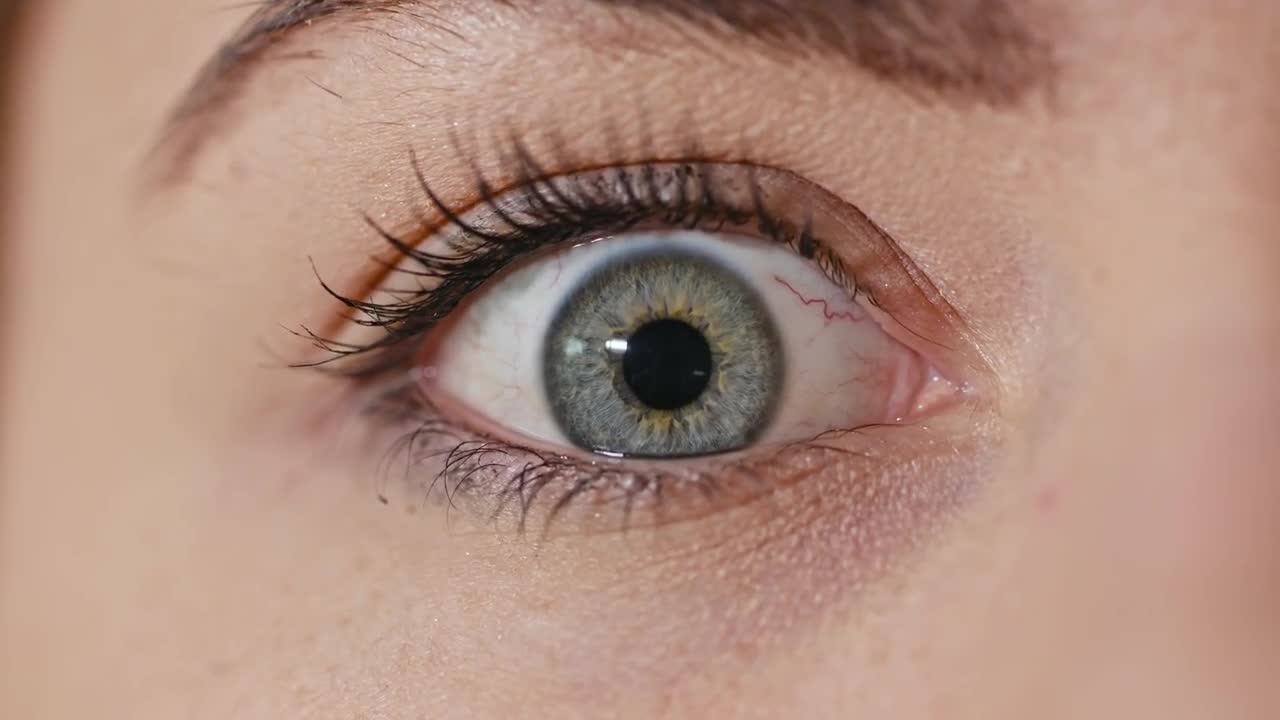

Stroke – Strokes that involve the brain stem may cause abnormally constricted pupils or dilated pupils.

Iritis may be the result of an autoimmune disorder, trauma or a bacterial or viral illness, such as herpes simplex, Lyme disease or HIV/AIDS. Inflammation of the iris (iritis) – Inflammation of the colored part of your eye can lead to abnormally small or oddly shaped pupils as well as other symptoms ( blurry vision, eye pain, red eyes, etc.). This rare disorder can be congenital or may be caused by trauma, a brain tumor or even an insect bite that affects eye nerves. Horner's syndrome – Symptoms of Horner's syndrome typically affect one side of the face, and include a constricted pupil, a drooping eyelid and an inability to sweat. Eye-related symptoms may include miosis, eyelid swelling and conjunctivitis (pink eye) on the same side as the pain. Some of the conditions that can cause constricted pupils include:Ĭluster headaches – Cluster headaches are a rare type of neurovascular head pain. Small pupils may mean that you have an underlying condition. It’s important to note that overly dilated pupils - the opposite of small, constricted pupils - can also be problematic and may point to a medical cause that needs to be addressed. The use of some types of prescription or illicit drugsĪ serious medical condition, such as a stroke Injury to the eye or brain, such as a concussion Typically, smaller constricted pupils are caused by:Ĭertain conditions, including Adie's tonic pupil (also called Adie’s pupil and Adie’s syndrome) SEE RELATED: How vision changes as you age What causes a constricted pupil?Ī variety of conditions and health issues ranging from eye injury to drug use can result in an abnormally constricted pupil. The results show that, in the right eye, average pupil size ranges from 2.41 to 5.80 millimeters in people ages 15 to 30 and from 2.38 to 4.52 millimeters in those over 60 years of age. One study measured pupil size at different light levels and across different age groups. In older adults, pupils are smaller when at rest in the dark and slower to dilate in response to light.

During the teen years and throughout adult life, pupils shrink. In newborns, for instance, pupil size is much smaller, though size increases as a child grows, becoming largest in adolescence. Pupil size changes naturally with age - this is totally normal. In some cases, however, anisocoria can be a sign of a serious problem, such as a viral infection, an issue with the nervous system or an eye injury or condition. Pupils also typically get smaller when focusing on nearby objects and grow larger when focusing on faraway objects.īoth pupils may be the same size, but some people have pupils of different sizes ( anisocoria). Low light – Pupils normally constrict to between 2 and 4 millimeters in size. This size varies based on the amount of light in the environment:īright light – Pupils normally dilate to between 4 and 8 millimeters in size. Are my small pupils normal?Īverage sized pupils generally range from 2 to 8 millimeters. While your pupils normally open (dilate) in low light and grow smaller (constrict) in bright light, they also naturally get smaller as you age - this is not a sign for concern.īut, knowing more about whether your small pupils are normal or indicate a problem is key to understanding if you’ll need medical attention.

With miosis, one or both pupils consistently measure less than 2 millimeters across. This light is focused on the retina to allow eyesight.Ībnormally constricted pupils ( miosis), also known as pinpoint pupils, may be a sign of a larger issue with your health. Pupils naturally get larger and smaller thousands of times a day, regulating the amount of light that enters the eye. The pupil is the opening in the center of the colored part of the eye ( iris).


 0 kommentar(er)
0 kommentar(er)
